
The complete guide to windsports and the wind speed required to practice them
There are many different kinds of sport and outdoor activities that require wind. The question is: What is the wind speed? The wind gusts and wind direction are also very important.
For example, sailing and windsurfing are equally impossible in stormy and calm weather. Even runners and slackliners are affected by wind, yes. But not that much as those who use sails, flies, and bikes.
Let's learn what are the main types of windsports you can try and what kind of wind is a friend or an enemy for you as sportsmen.
What are windsports?
In general, windsport is any sport based on wind force. As a rule, wind outdoor activities use aerodynamic structures that allow you to catch and control the wind: sails, kites, parachutes, wings.
Almost all wind outdoor activities are extreme sports as they depend on uncontrollable weather conditions.
I guess that includes also drones because it's easy to lose them because of the weather. The higher the wind speed, the faster the drone runs out of battery and the more difficult it’s to control it. In addition, standard drones can fly at a speed of no more than 10 m/s. Isn't that an extreme sport?!
What particular types of windsports I can try?
There are many varieties of wind sports. They use different equipment for them — kites, sails, wings, balloons... It can be water sport, ground sport (including snow and ice), and air sport.
Many of them are very similar — for example, snowkiting is a winter kind of kitesurfing. For this reason, let's think of water and land as just surfaces, regardless of their nature, and divide land and water sports by the type of equipment:
Water and land windsports where you use kites
Kitesurfing (also called "kiteboarding"). It’s a relatively new, but the most fast-growing extreme sport worldwide. With sufficient wind of at least 6 m/s, the rider moves on the board through the water under the force of traction. A beginner rider doesn’t need to have their own equipment — there’re a lot of spots in the world where you can use the rental and try kitesurfing. But remember that doing this without an instructor is very risky to health.
Snowkiting. This is one of the popular winter extreme sports now. The rider is skiing or snowboarding on a flat snow or ice surface due to the traction force in the kite. In fact, this is the same kitesurfing, only in winter. Frozen lakes, large plains, and intermountain plateaus are suitable for skiing. Snowkiting is developed both on the coast of the Barents Sea and in ski resorts (for example, St. Moritz or Levi).
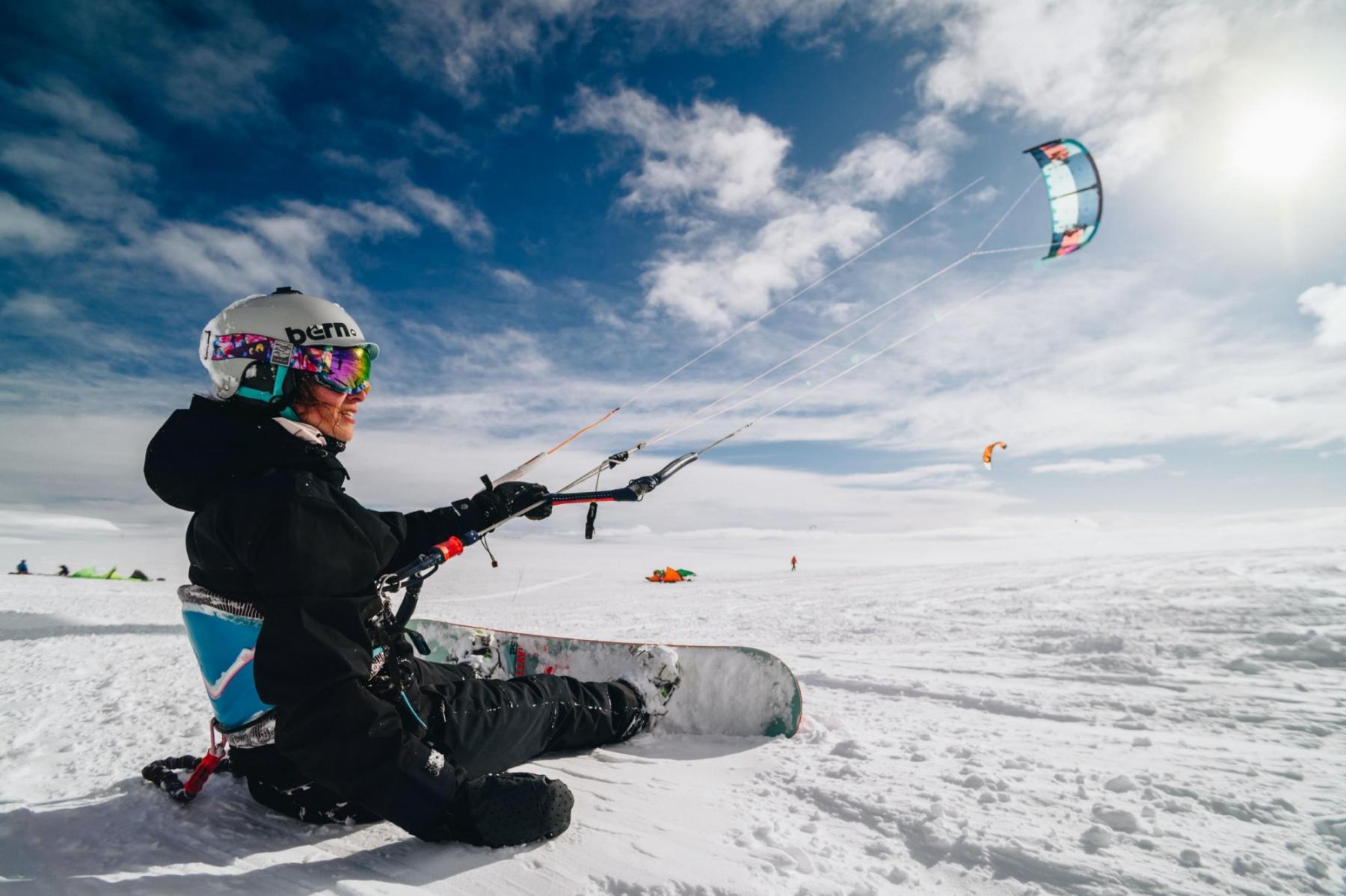
Photo: Kite-season.com
Kite boating. This is boating due to kite traction. Its principle was used even at the end of the 19th century. Nowadays amateur athletes attach kites even to motorboats, but in general, this sport is less popular.
Kite skating, kite landboarding, kite mountainboarding, and even kite buggy. These are types of kiting, too. Riders use the traction forces of the kite to ride on asphalt, mountains, and rough terrain on boards or off-road buggies. These are very extreme activities for riders who already ride at a high level without a kite and want to try something new in their own sport.
Kite jumping. On the contrary, this is a sport for professionals only. These are acrobatic jumps from the earth's surface due to the force of traction. This is probably the most dangerous type of kiting because the rider has poor control over the landing and risks getting severe injuries upon landing.
We are talking primarily about the land here: Jumping off the water is part of kitesurfing.
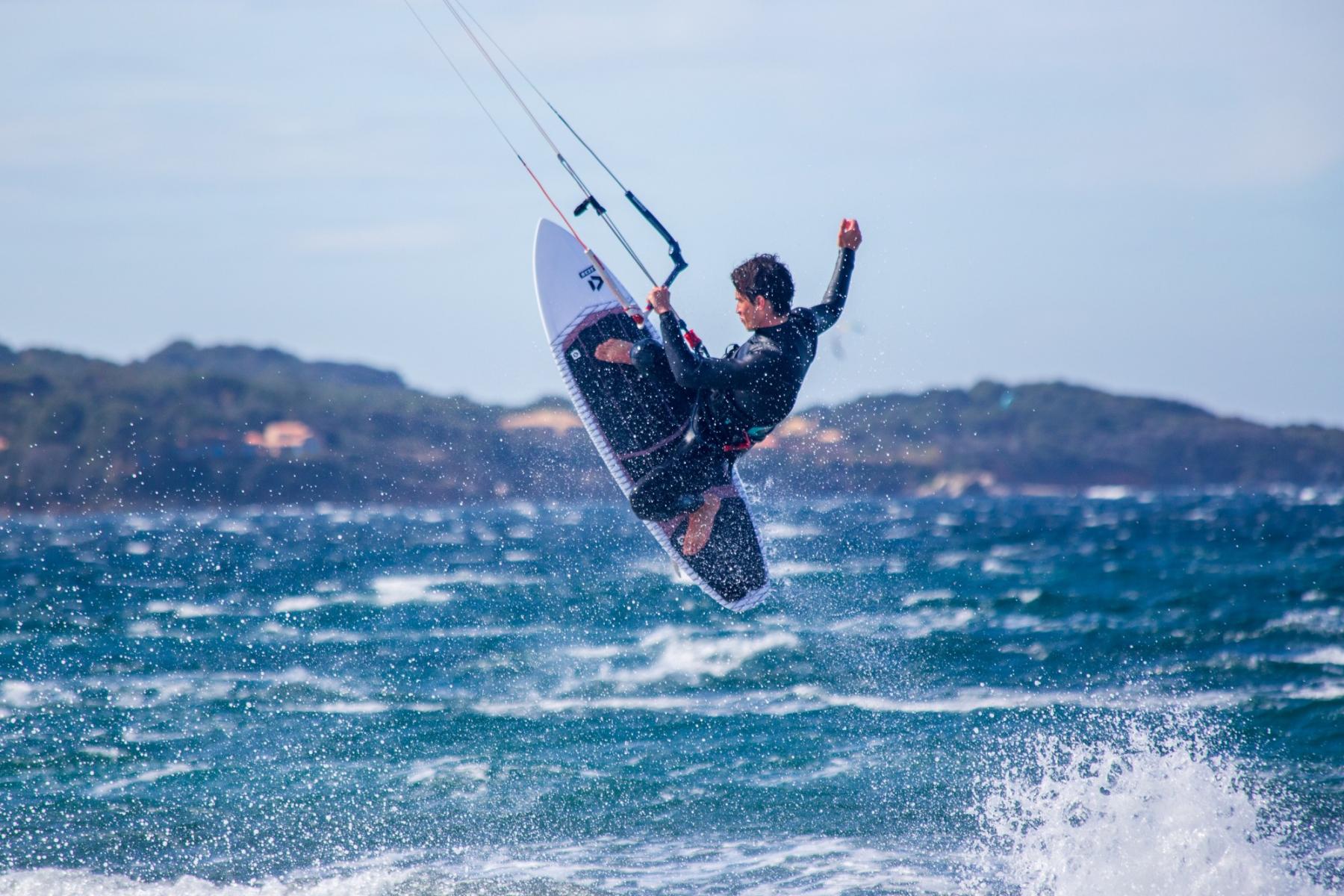
Photo: Renan-brun / unsplash
Water and land windsports where you use sails
Windsurfing. Windsurfing is an older sport than kiteboarding. It is even included in the Summer Olympics program in the Sailing category. The rider moves through the water on a light board due to the traction force generated in the sail. Almost any open water is suitable for windsurfing. Even a three-year-old child can be put on a windsurf.
Sailing (also called "boating", "yachting"). This is a sport and leisure in which a boat or yacht is driven by sails. It originated in the 16th century in Europe and has been known all over the world since then. The period from the 16th to the 19th century was later called "The Age of Sail". Speed races in sailing, also called regattas, are also included in the Olympic program. Yachting or "sailing tourism" is a calm and relatively inexpensive activity.
Land sailing and sail biking. It is movement on land in a wheeled vehicle, propelled by sails and wind. Also called 'sand yachting', 'land yachting' or 'dirtboating'. Historically, land-based sailing structures have been used as a means of transportation or recreation. Since the middle of the 20th century, land sailing has evolved into a racing sport for fans. Also these "boats on wheels" are used for riding on ice, and this is called iceboating.
Sail bikingis a rare and niche type of cycling, often incomprehensible to most cyclists. A small sail is attached to the rear of the road bike, which, due to the traction force, accelerates the bike without the rider’s effort.
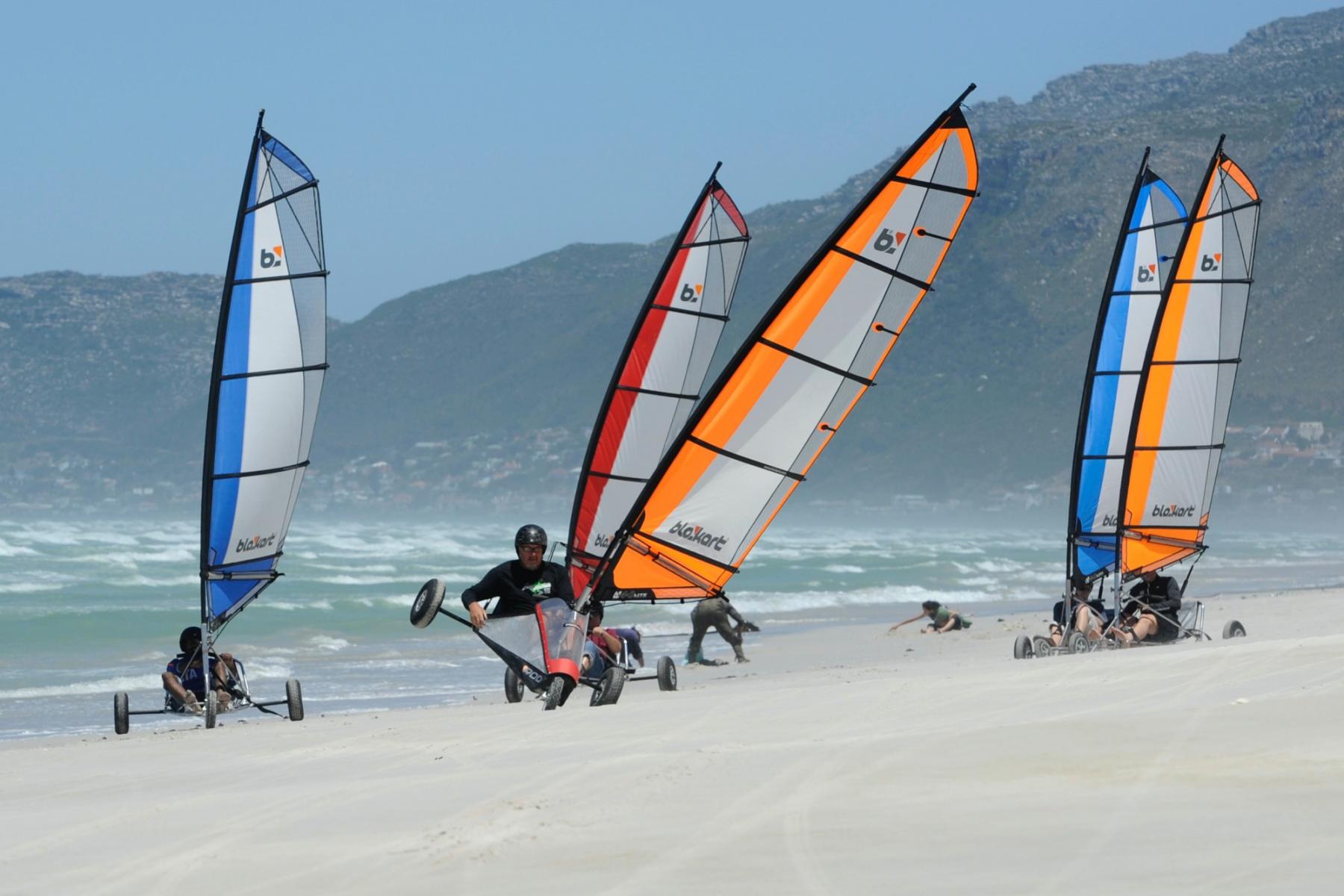
Photo: Blokart.com
Air windsports
Gliding. It’s a sport and leisure activity in which the pilot flies an aircraft without an engine using currents of rising air. There’re a lot of fans of this sport all over the world, but now, especially for tourist gliding, motor gliders are more in demand. Thanks to the presence of the engine, they enable pilots to return to the airfield and control the glide in bad weather. Compared to other air windsports, gliding is not very traumatic.
Hang gliding. The pilot operates a lightweight aluminum structure with wheels and a wing. The start is carried out from the feet or by a winch. To fly a hang glider, a pilot needs endurance and good physical shape. The record holders have covered more than 700 km on a hang glider in one flight.
Microlighting. These are flights on very light or ultralight aircraft — as a rule, weighing no more than 500 kg. In general, there are two types of microlight aircraft — flexwing and three axis. The first looks more like a hang glider, and the second, due to the rigid wings, looks like an airplane. Niche type of activity, widespread only among amateurs or professionals.
Parachuting (also called "skydiving"). It’s jumping from an airplane or helicopter using a domed parachute. It’s probably the most famous of all air sports, widely distributed and available to almost everyone. It doesn't require much training, and beginners can jump in tandem with an instructor. The wind speed at the surface should be no more than 5 m/s — otherwise, there’s a risk of losing control.
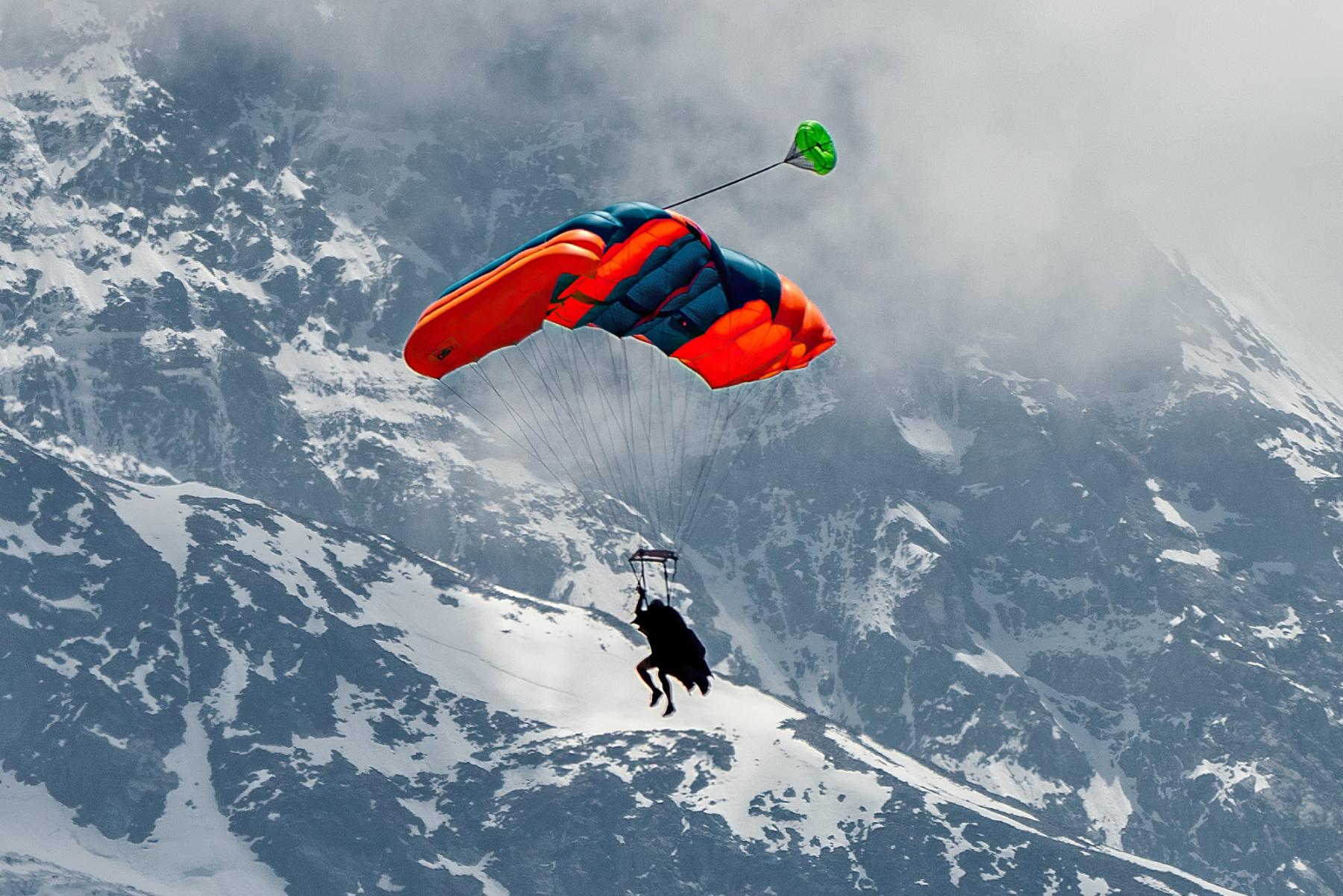
Photo: Ricardo-gomez-angel / Unsplash
Base jumping. It's almost like parachuting, only jumping off stationary objects — bridges and tall buildings. Due to its low altitude and proximity to infrastructure facilities, it's considered one of the most extreme and dangerous air sports.
Paragliding. Another type of parachuting, only less traumatic and making horizontal rather than vertical flights. This principle is similar to hang gliding. The pilot sits or lies in a cocoon-bag, suspended below a wing. It's very easy to operate, which is why paragliding is common as entertainment in resorts. Most often, pilots take off on the slopes of hills or mountains, strictly against the wind.
In what other sports does the wind affect athletes?
In fact, wind affects almost all types of outdoor activities. Wind can increase sensations of temperature.
For example, in hot windy weather, it’s easier for athletes to exercise, but in frost with wind, athletes are much colder than without. And very strong winds can pose a safety risk: knock down, cut down trees, damage equipment, or disoriented.
But let's identify other sports and outdoor activities that do not need the wind, as in yachting or kitesurfing, but which can be significantly affected by the wind.
Fishing. Strong winds create waves and the biting of many fish, as a rule, stops. However, a weak and moderate wind is often better than even complete calm — air currents mix the water, enrich it with oxygen and create a wave. It hits a clay or muddy shore and washes away various larvae, worms, insects from it, attracting fish to this place. The crosswind makes it almost impossible to control the fishing gear. And if you are fishing from a boat, then a strong wind can turn it over. However, in hot weather, a strong wind refreshes the water well, so the bite improves.
Surfing. The wind creates waves for surfing, the size of the waves depends on the wind speed. As waves travel farther from the source of the wind, they begin to cluster in swell lines, creating sets. Waves that are no longer affected by the wind are called “groundswells”. You need this kind of waves for surfing.
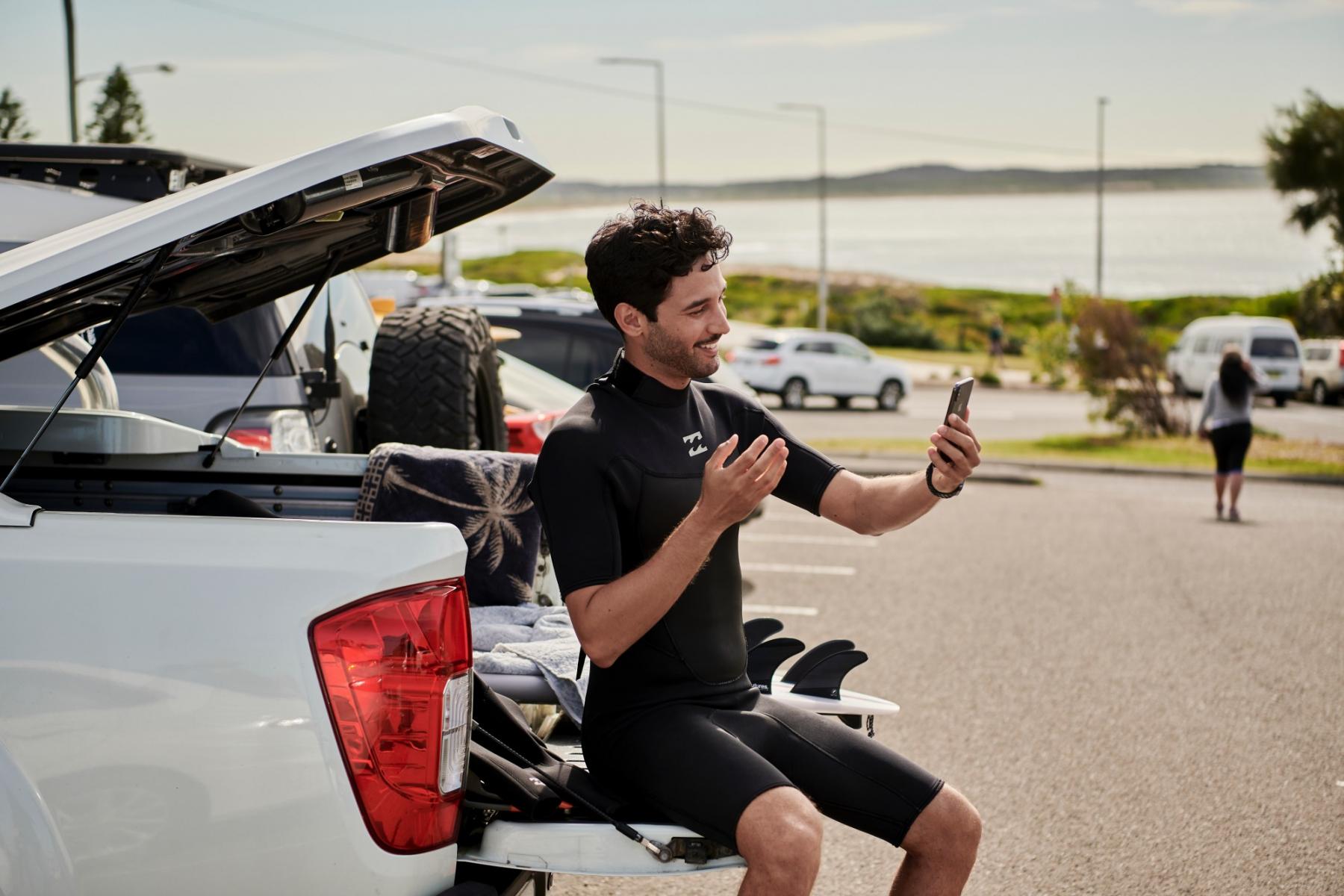
Photo: Docusign / Unsplash
Cycling. Strong winds and gusts can interfere with road cycling. When riding a road bike in an open area, strong winds can push him to the side or prevent him from picking up speed.
Even in free-ride mountain biking, when a rider does a jump trick, the wind may cause him to miss the landing point or move to the side. For example, Red Bull Rampage is often postponed due to strong winds.
In cross-country cycling there’re similar problems, but also strong wind poses the risk of tree branches falling on the riders' heads or route.
Highline (an extreme type of slackline). For walking on a line stretched in the mountains or over large ravines, it’s very important that there’s no wind. The athlete is already balancing on a not very stable line with his own weight, and the wind — and especially gusts, local winds, and storms — can knock him off balance, causing the athlete to fall. Therefore, it’s imperative for the highline to use insurance.
There is an interesting study made by the Slackline International Association about the effects of wind on the sport.
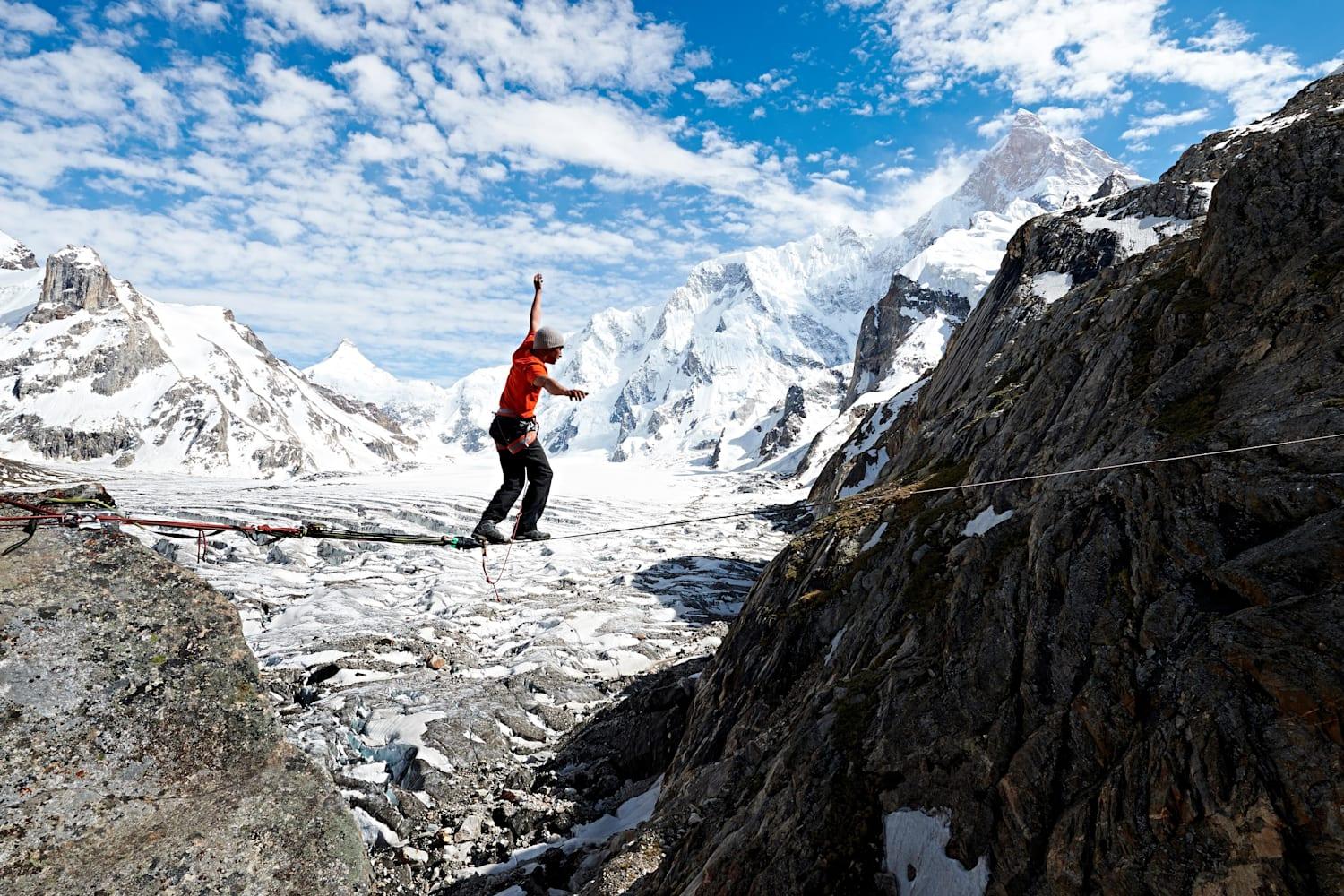
Photo: Manuel Ferrigato / Red bull content pool
High diving (also called "cliff diving"). For diving from great heights (natural or artificial), the wind speed is of great importance. The higher the speed, the more difficult it’s for the athlete and the more dangerous.
For example, in September 2020, at the Crimea High Diving World International Cup, due to strong wind, sportsmen were forced to change their set of tricks literally on the day of the competition.
Running some marathons. When running in the city, the wind doesn’t greatly affect the athletes. But if the competition takes place in extreme conditions, anything can happen.
For example, in 1994, at the famous super marathon in the Sahara "Marathon des Sables", one athlete almost died due to the wind. The athlete ran alone, and when a strong sandstorm arose, he got lost. He was alone for 10 days among the sands and survived only thanks to his very good physical and psychological preparation.
Drones. Drone piloting is gaining popularity all over the world. Many countries regulate the use of drones because, in the wrong hands, they pose a threat to people and infrastructure. At high wind speeds, it’s very difficult to control the drone — it loses stability, can crash or fall.
In addition, some drones are capable of flying very high and obstructing the movement of aircraft. As a rule, there’re two types of drone piloting: for competitive purposes — speed races and overcoming difficult routes, and for photography and video filming.
Air ballooning. This is a safe and romantic type of aerial activity. The balloon has no engine and flies wherever the wind blows. It’s driven not by the wind and air currents, but by the combustion of the gas with which the dome is filled. Knowing the wind speed and direction and the goal of the flight, the pilot plans the trajectory.
But since the meteorological situation is constantly changing, it’s impossible to accurately plan a flight or landing site. That's why the balloon is launched into the air only at a low wind speed — up to 5-6 m/s — with more wind, it can be blown away and it becomes unsafe.
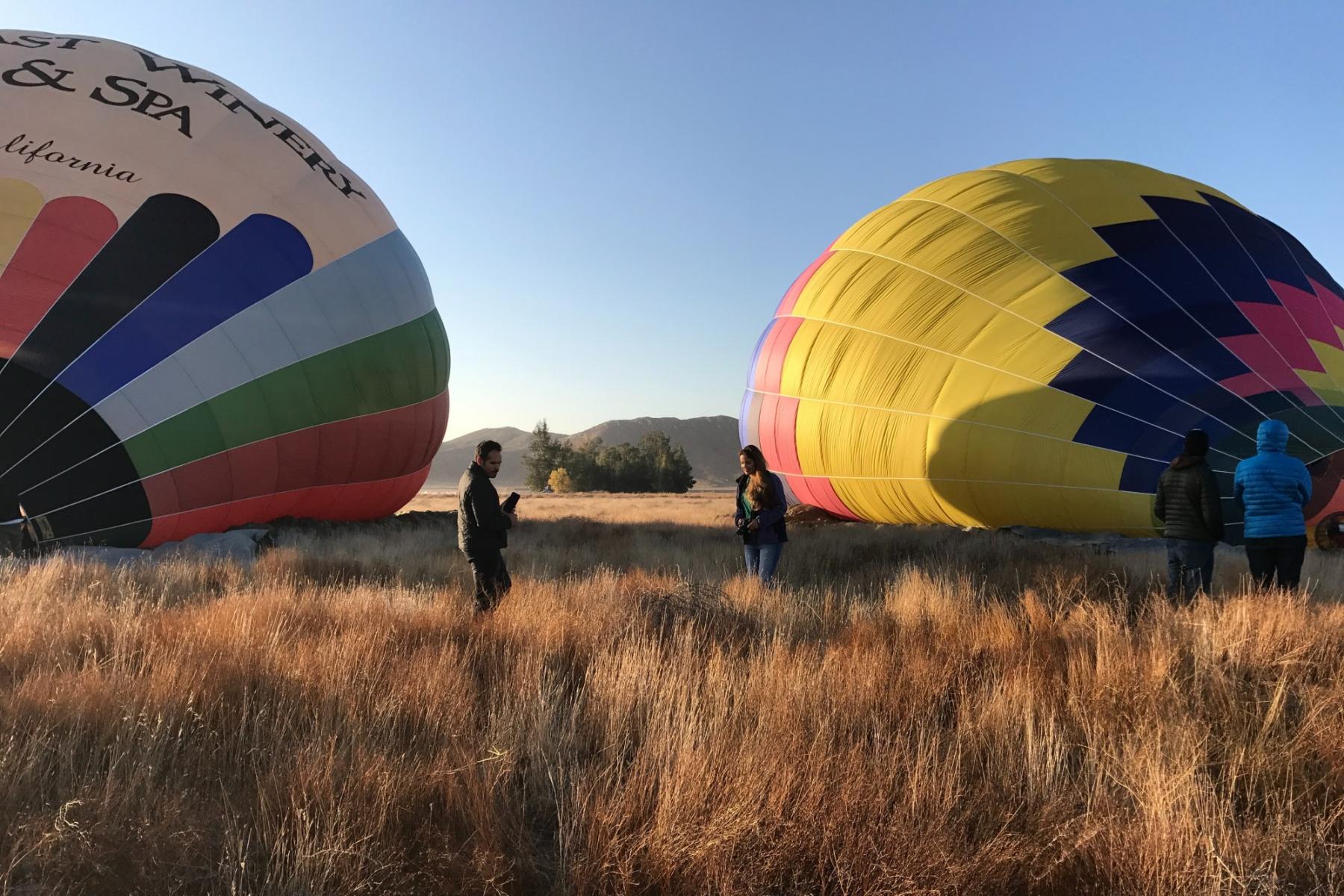
Photo: California-dreamin / Unsplash
What wind is needed to practice windsports?
Wind speed is a prime indicator for wind sports. The comfort and safety of riding and flying depend on it. For some sports, complete calm is ideal (for example, drones), while for others, on the contrary, it’s good when the wind is quite strong, for example, kitesurfing.

Wind speed to practice windsports. Illustration: Valerya Milovanova / Windy.app
Let's consider at what values of wind speed it’s possible to engage in this or that kind of wind sports:
< 0.5—1.5 m/s
Windsurfing, kitesurfing, sailing, paragliding, and other wind-dependent sports are equally impossible.
Good for drones and cycling as the movement is not affected by wind.
1.6—3.3 m/s
Minimum wind force for windsurfing, good for beginners. Good wind speed for paragliding.
3.4—5.5 m/s
Maximum for drones, higher wind speed makes it dangerous to fly. Maximum wind speed for beginners in parachutes.
5.5—7.9 m/s
Good for kitesurfing with the big kite (15—17 sq. m). Good speed for windsurfing.
For gliders and parachutists wind conditions are also needed at this level, but if the wind force is higher than 6 m/s, the paragliding flight may be canceled.
And if you want to fly with a drone, the same wind speed of 6 m/s will be too much, your drone will feel very unstable in the air.
8—10.7 m/s
Good for kitesurfing with the medium size kite (13—15 sq. m). In general, while kitesurfing, you’ll feel comfortable with a wind speed of 6—12 m/s.
Maximum wind speed allowed for professional licensed parachutists.
This wind speed makes it harder to cycle.
10.8—13.8 m/s
Good for kitesurfing with the small kite (10 sq. m).
Cycling is quite difficult. In general, the wind is the number one enemy for cyclists as cycling in strong winds is not only difficult, but potentially dangerous, because you can easily fall, and any fall on a bicycle unlike other sports like surfing and skiing, is not very pleasant at all.
13.9—17.1 m/s
Better to delay any kind of wind sports for your safety.
Where to find wind forecast for windsports in Windy.app?
You can get wind information — speed, direction, and gusts (a brief increase of the wind speed, usually for no more than 20—30 seconds) — in Windy.app in 35 different ways: from the Home screen of the app to the Wind history (Wind archive) for the past 9 years on this website.
Every time, in less than three clicks.
This means that using the app and this website, you will never miss desired conditions for active sports and outdoor activities.
Learn more about how to get wind information and wind forecast in Windy.app.
Text: Natalia Kirasheva and Irina Artemova. Ivan Kuznetsov, an outdoor writer from the Dolomites, Italy, and Karelia, Finland. His favorite sports are cycling, hiking and sauna, contributed to this article. Read his other articles.
Illustration: Valerya Milovanova, an illustrator with a degree from the British Higher School of Art an Design (BHSAD) of Universal University
You will also find useful
How to measure wind speed and power conditions by the Beaufort scale
Latest News
Professional Weather App
Get a detailed online 10 day weather forecast, live worldwide wind map and local weather reports from the most accurate weather models.
Compare spot conditions, ask locals in the app chat, discover meteo lessons, and share your experience in our Windy.app Community.
Be sure with Windy.app.



